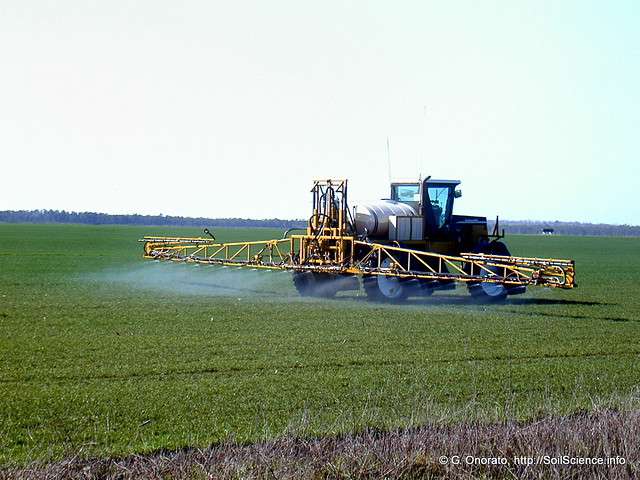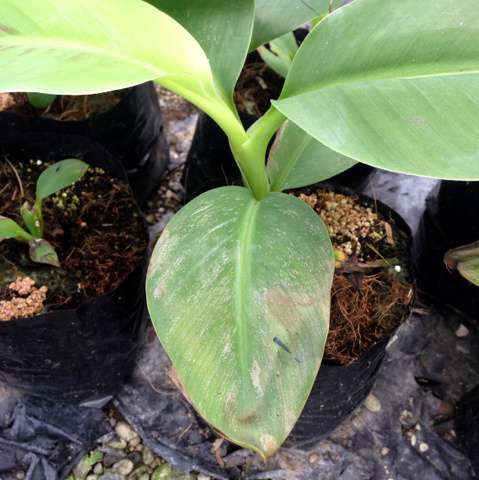
Healthy soil is dependent upon just the right balance of nutrients. Spectral analysis plays an important role in monitoring soil quality and quantifying nutrient levels. Image Source: Flickr user Natural Resources Conservation Service Soil Health Campaign
Soil quality is an important part of agriculture and sustainability. Improving soil quality depends on quantitative analysis and the careful balance of nutrients which will promote superior growing conditions. Spectrophotometers are a valuable tool for monitoring nitrogen and phosphorus levels in fertilizers and soil compounds. Through advanced spectrophotometric technology we can monitor and develop fertilizers that will lead to a more lucrative and productive agricultural sector.
Spectrophotometry quantifies the color of a sample with a light source. The spectrophotometer divides the light source into its different wavelengths — visible, UV, and infrared — and measures how much the sample reflects or transmits these wavelengths. The way an object absorbs and transmits light is how our eyes perceive color, and spectrophotometers can create a formulation for every color we see.
Color may seem like a subjective characteristic, but a spectrophotometer makes it objective. Color plays a critical role in many industries, ranging from physics and biochemistry to food and beverage production. The applications of spectrophotometry are wide-reaching and can tell users far more about a sample than its objective color measurements.



